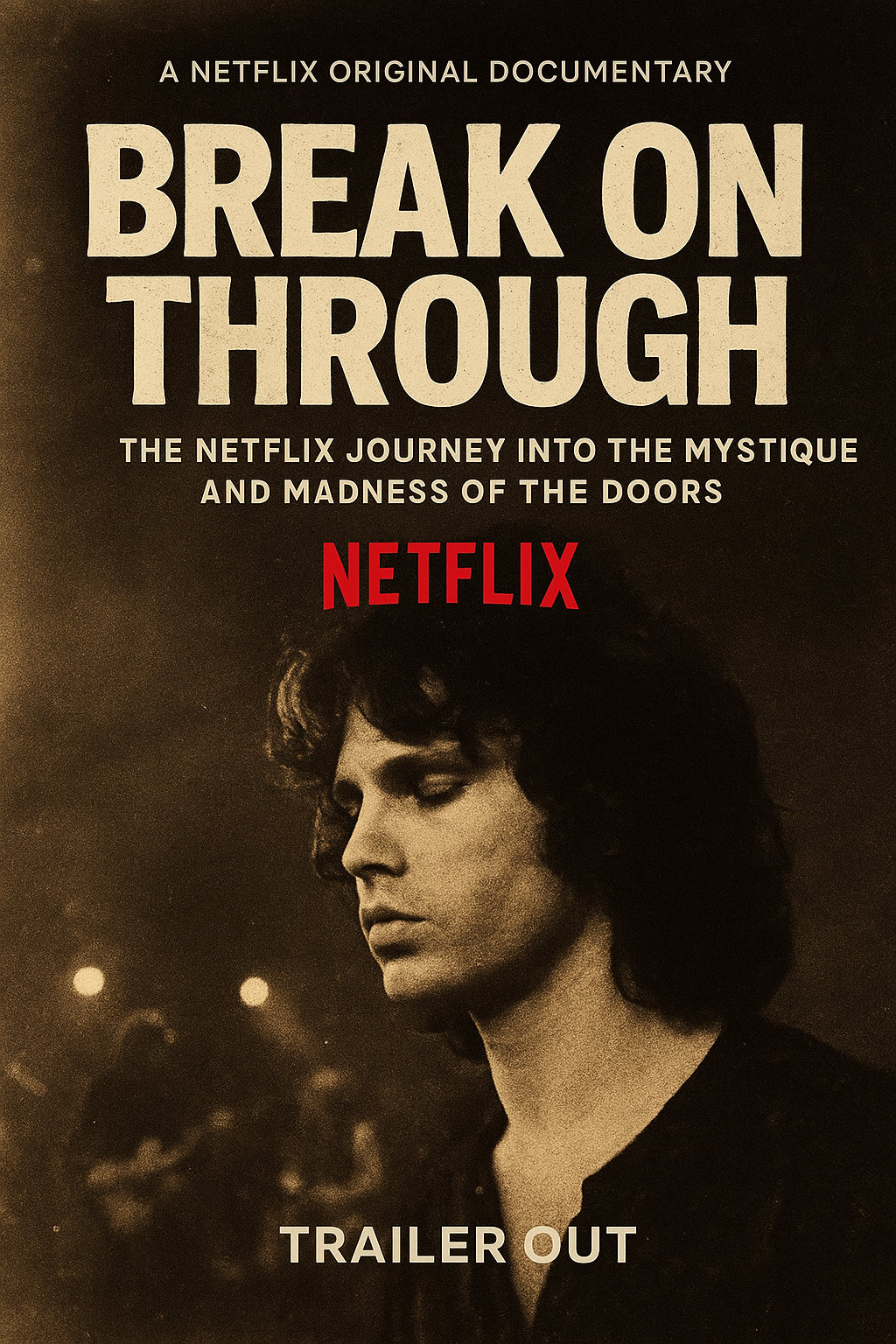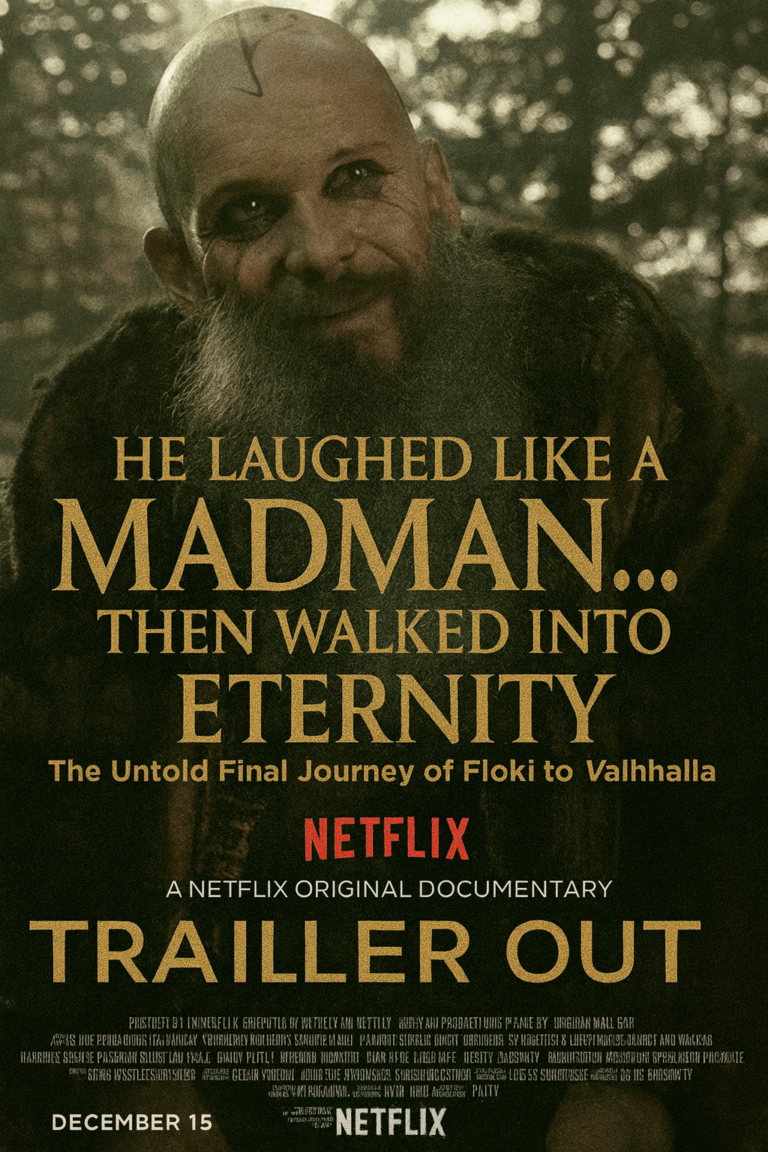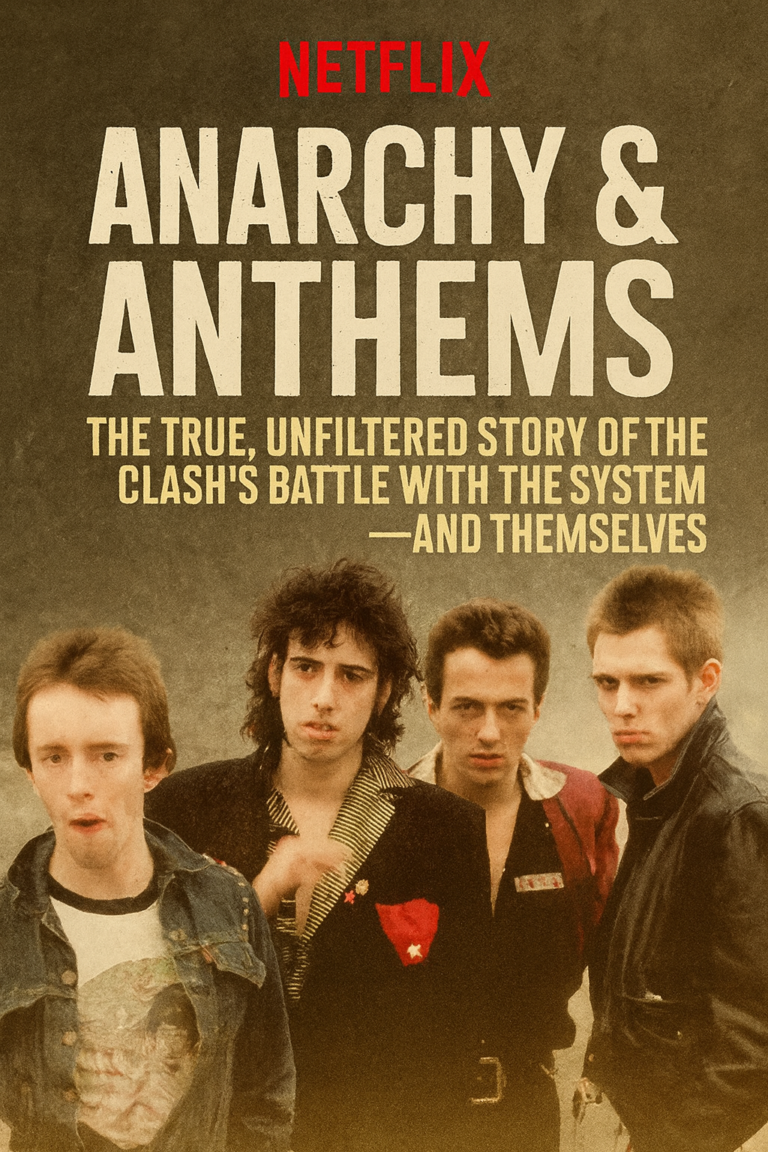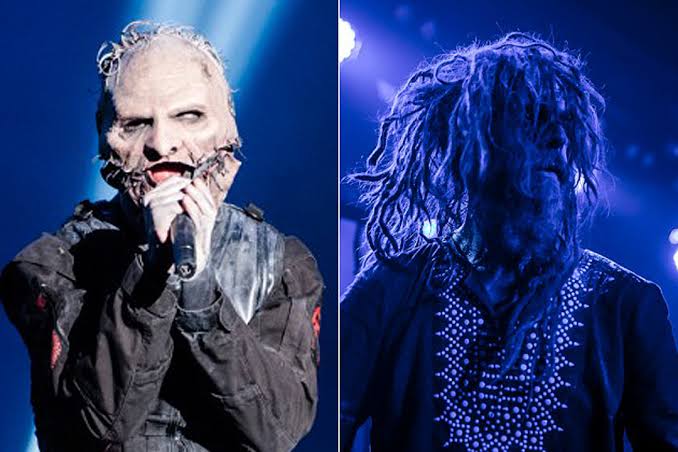
The story of The Doors has always felt like a fever dream — a collision of poetry, rebellion, and raw sound that defined an entire generation. Netflix’s new documentary series dives headfirst into that dream, capturing the rise and fall of one of rock’s most enigmatic and influential bands. The series isn’t just about music; it’s about a cultural revolution, about four artists who changed how people thought, felt, and lived. From smoky Los Angeles clubs to sold-out arenas, The Doors’ journey unfolds like a hypnotic film scored by their own haunting melodies.
The series opens with a haunting narration from Jim Morrison’s own words, layered over grainy black-and-white footage of the Sunset Strip in the 1960s. It’s an immersive entrance — intimate and surreal — setting the tone for what follows: a portrait of a band constantly caught between chaos and creation. Each episode blends rare archival footage, studio sessions, and candid interviews with surviving members, creating a vivid tapestry of sound and soul.
Ray Manzarek’s distinctive keyboards, Robby Krieger’s blues-infused guitar, and John Densmore’s jazz-inspired drumming come alive again, their stories told through reflections that feel both nostalgic and revealing. Netflix takes great care to show how The Doors weren’t just making music — they were capturing the unrest and awakening of an era. The chemistry between the bandmates feels almost spiritual, yet the tension that made their sound so electric also became their undoing.
Visually, the documentary is stunning. The cinematography mirrors the psychedelic beauty and darkness of the late ’60s. Concert footage pulses with strobe lights and sweat, while quiet moments of Morrison writing poetry by candlelight bring the audience closer to the mind behind the myth. Each shot feels intentional — an echo of the band’s experimental nature, where art and anarchy intertwined.
The documentary also delves into the mystique of Jim Morrison, presenting him not just as a rock icon but as a complex artist chasing transcendence. His charisma and unpredictability are explored through never-before-seen interviews, handwritten lyrics, and intimate recollections from friends and lovers. Netflix doesn’t shy away from his flaws — the self-destruction, the addictions, the restless search for meaning — but instead portrays them as part of a tragic, beautiful tapestry of genius and loss.
The release of the series on October 24, 2025, marks not just a celebration of the band’s legacy, but a reminder of their timeless influence. Fans and critics alike have flooded social media with praise, calling it the most authentic portrayal of The Doors to date. For longtime devotees, it feels like rediscovering an old love; for newcomers, it’s an invitation to step into a world where music was rebellion, poetry was power, and art had no boundaries.
One of the series’ strongest elements is its balance between myth and reality. It reminds viewers that The Doors were never just about Morrison’s fire — they were a brotherhood of artists who built something eternal from their differences. Their songs still pulse with life decades later, speaking to anyone who’s ever felt out of place yet burning with purpose. Netflix’s storytelling captures that essence perfectly: bold, dreamy, and endlessly alive.
As the final credits roll, Morrison’s voice echoes one last time — a whisper that feels both like a goodbye and a promise. “There are things known and things unknown, and in between are the doors.” It’s a fitting end to a series that doesn’t just tell a story, but opens one. For a few hours, the legend breathes again, reminding the world that The Doors were never just a band — they were a gateway to forever.



